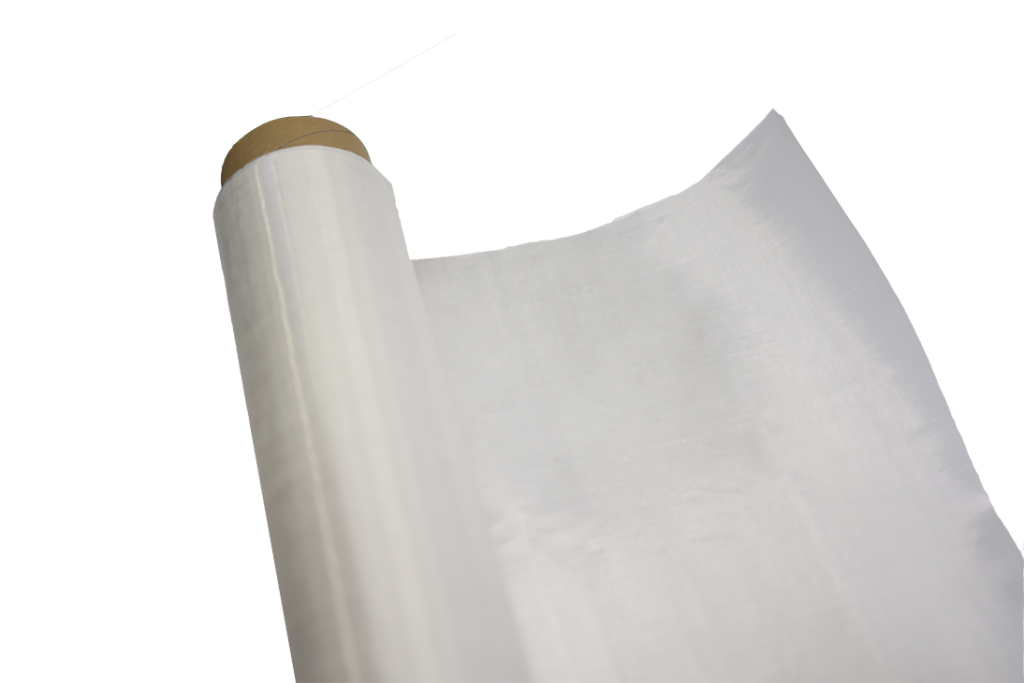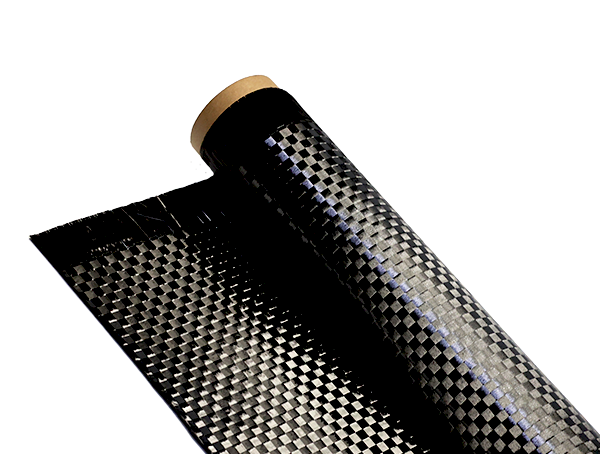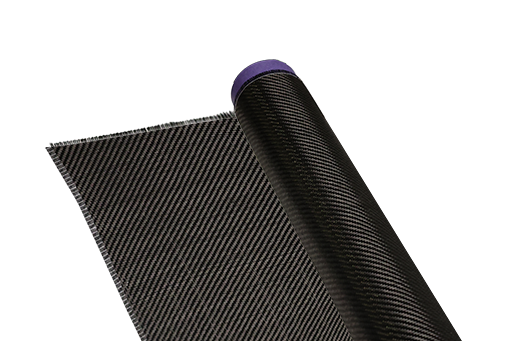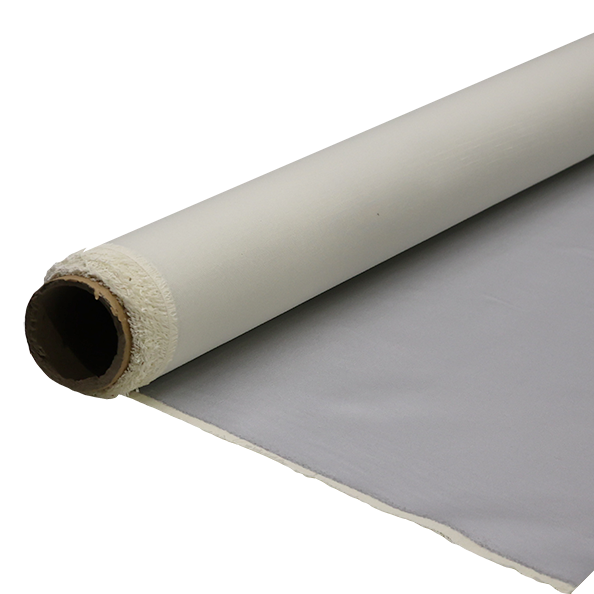El gasto en defensa aumenta la demanda de fibras de alta resistencia
-
Tabla de contenido
“Fortifying Defense: High-Strength Fibers for a Stronger Tomorrow.”
The increasing focus on national security and military readiness has led to a significant rise in defense spending across various countries. This surge in investment is driving demand for advanced materials, particularly high-strength fibers, which are essential for the development of lightweight, durable, and resilient military equipment. High-strength fibers, such as aramid, carbon, and ultra-high-molecular-weight polyethylene, are critical in applications ranging from body armor and ballistic shields to advanced aerospace components. As defense budgets expand, the need for innovative materials that enhance performance and survivability in challenging environments becomes paramount, positioning high-strength fibers as a key component in modern defense strategies.
Impact of Defense Spending on High-Strength Fiber Production
The relationship between defense spending and the production of high-strength fibers is increasingly significant in today’s global landscape. As nations allocate substantial resources to enhance their military capabilities, the demand for advanced materials, particularly high-strength fibers, has surged. This demand is driven by the need for lightweight, durable, and resilient materials that can withstand extreme conditions, thereby improving the performance and safety of military equipment and personnel.
High-strength fibers, such as aramid, carbon, and ultra-high-molecular-weight polyethylene, are essential components in various defense applications, including body armor, vehicle armor, and aerospace components. The increasing focus on personal protection for soldiers has led to innovations in body armor technology, where high-strength fibers play a crucial role in developing lighter and more effective protective gear. As defense budgets expand, manufacturers are compelled to invest in research and development to create fibers that not only meet but exceed the rigorous standards set by military specifications.
Moreover, the rise in defense spending has prompted governments to prioritize domestic production capabilities. This shift is particularly evident in countries seeking to reduce reliance on foreign suppliers for critical materials. By fostering local production of high-strength fibers, nations can enhance their supply chain resilience and ensure that they have immediate access to essential materials during times of conflict or crisis. Consequently, this trend has led to increased investments in manufacturing facilities and technologies that specialize in high-strength fiber production.
In addition to bolstering domestic capabilities, the heightened demand for high-strength fibers has also stimulated collaboration between defense contractors and material scientists. This partnership is vital for developing innovative solutions that address the evolving needs of modern warfare. For instance, advancements in fiber technology have resulted in the creation of composite materials that combine high-strength fibers with other substances, yielding products that are not only stronger but also more versatile. Such innovations are crucial for applications ranging from lightweight military vehicles to advanced aerospace systems, where performance and efficiency are paramount.
Furthermore, the impact of defense spending on high-strength fiber production extends beyond military applications. The technologies and materials developed for defense purposes often find their way into civilian markets, leading to broader economic benefits. For example, advancements in high-strength fibers have applications in industries such as automotive, construction, and sports equipment. As a result, the growth of the defense sector indirectly stimulates innovation and economic activity in these related fields, creating a ripple effect that enhances overall industrial capabilities.
As nations continue to navigate complex geopolitical landscapes, the interplay between defense spending and high-strength fiber production will likely intensify. The ongoing emphasis on modernization and technological superiority in military operations will drive further investments in advanced materials. Consequently, manufacturers will need to remain agile and responsive to the changing demands of the defense sector while also exploring opportunities for diversification into civilian applications.
In conclusion, the increase in defense spending has a profound impact on the production of high-strength fibers, shaping not only military capabilities but also broader industrial trends. As the demand for advanced materials continues to grow, the collaboration between defense entities and material scientists will be crucial in fostering innovation. This dynamic relationship not only enhances national security but also contributes to economic growth and technological advancement across various sectors. The future of high-strength fiber production is thus intricately linked to the evolving landscape of defense spending, underscoring the importance of strategic investment in this critical area.
Innovations in High-Strength Fibers Driven by Military Demands
The increasing focus on national security and defense has led to a significant rise in defense spending, which in turn has spurred innovations in various materials, particularly high-strength fibers. These fibers, known for their exceptional tensile strength and lightweight properties, are becoming indispensable in military applications, ranging from personal protective equipment to advanced vehicle armor. As military demands evolve, so too does the need for materials that can withstand extreme conditions while providing enhanced performance and safety.
One of the primary drivers of innovation in high-strength fibers is the necessity for improved ballistic protection. Traditional materials, while effective, often fall short in terms of weight and flexibility. Consequently, researchers and manufacturers have turned their attention to advanced synthetic fibers such as aramid, ultra-high-molecular-weight polyethylene (UHMWPE), and carbon fibers. These materials not only offer superior strength-to-weight ratios but also exhibit remarkable resistance to abrasion and environmental degradation. For instance, aramid fibers, commonly used in bulletproof vests, have undergone significant enhancements to improve their ballistic performance, leading to lighter and more comfortable protective gear for soldiers.
Moreover, the military’s demand for multifunctional materials has catalyzed the development of high-strength fibers that incorporate additional features. Innovations such as moisture-wicking properties, flame resistance, and even integrated sensors are becoming increasingly prevalent. These advancements allow for the creation of smart textiles that can monitor a soldier’s vital signs or environmental conditions, thereby enhancing situational awareness and safety on the battlefield. As a result, the integration of technology into high-strength fibers not only meets the immediate needs of defense applications but also opens avenues for future developments in civilian markets.
In addition to personal protective equipment, high-strength fibers are also being utilized in the construction of military vehicles and aircraft. The need for lightweight yet durable materials has led to the incorporation of composite materials that combine high-strength fibers with resins. This approach not only reduces the overall weight of military vehicles, improving fuel efficiency and maneuverability, but also enhances their resilience against ballistic threats. The ongoing research into hybrid composites, which blend different types of fibers, is further pushing the boundaries of what is possible in terms of strength and performance.
Furthermore, the collaboration between military organizations and private sector companies has accelerated the pace of innovation in high-strength fibers. Defense contracts often provide the necessary funding and resources for research and development, allowing companies to explore new technologies and manufacturing processes. This partnership has resulted in breakthroughs such as the development of bio-based high-strength fibers, which not only meet military specifications but also align with growing sustainability goals. As environmental concerns become more prominent, the military’s interest in sustainable materials is likely to drive further innovation in this field.
In conclusion, the increasing defense spending is not merely a reflection of geopolitical tensions but also a catalyst for advancements in high-strength fibers. The military’s demand for superior materials has led to significant innovations that enhance the performance and safety of soldiers and equipment alike. As these developments continue to unfold, the implications extend beyond military applications, potentially transforming various industries that rely on high-strength fibers. The ongoing evolution of these materials underscores the intricate relationship between defense needs and technological progress, paving the way for a future where high-strength fibers play an even more critical role in both military and civilian contexts.
Economic Implications of Increased Defense Budgets on Fiber Manufacturing
The recent surge in defense spending has significant implications for various sectors, particularly in the realm of fiber manufacturing. As nations allocate larger portions of their budgets to enhance military capabilities, the demand for high-strength fibers has escalated, driven by the need for advanced materials in defense applications. This increase in demand not only affects the manufacturing landscape but also has broader economic ramifications that merit careful consideration.
To begin with, the heightened focus on defense spending has led to a greater emphasis on research and development within the fiber manufacturing industry. As military applications require materials that can withstand extreme conditions, manufacturers are compelled to innovate and produce high-performance fibers that meet stringent specifications. This innovation often involves substantial investment in new technologies and processes, which can stimulate economic growth within the sector. Consequently, companies that specialize in high-strength fibers are likely to experience increased revenue, leading to potential expansions and job creation.
Moreover, the ripple effects of increased defense budgets extend beyond the immediate fiber manufacturing sector. As demand for high-strength fibers rises, suppliers of raw materials, such as polymers and composites, also stand to benefit. This interconnectedness within the supply chain can lead to a more robust economic environment, as various stakeholders—from raw material suppliers to manufacturers—experience growth. Additionally, the increased demand for high-strength fibers can foster competition among manufacturers, driving further innovation and efficiency improvements. This competitive landscape not only enhances product quality but also contributes to lower prices for consumers in the long run.
Furthermore, the implications of increased defense spending on fiber manufacturing are not limited to domestic markets. As countries ramp up their military capabilities, there is a growing trend toward international collaboration and procurement. This globalization of defense-related manufacturing can open new markets for high-strength fiber producers, allowing them to expand their reach and diversify their customer base. Consequently, manufacturers that adapt to these global dynamics may find themselves well-positioned to capitalize on emerging opportunities, thereby enhancing their economic resilience.
In addition to these direct economic benefits, the increased focus on high-strength fibers in defense applications can also have positive implications for sustainability. As manufacturers invest in advanced materials, there is a growing awareness of the need for environmentally friendly production processes. This shift towards sustainable practices can lead to the development of bio-based or recycled fibers, which not only meet military requirements but also align with global sustainability goals. Thus, the intersection of defense spending and fiber manufacturing can contribute to a more sustainable economy, addressing both military needs and environmental concerns.
However, it is essential to recognize that the increased demand for high-strength fibers driven by defense spending may also pose challenges. For instance, the rapid growth in this sector could lead to supply chain bottlenecks, particularly if manufacturers are unable to scale production quickly enough to meet demand. Additionally, reliance on defense contracts can create vulnerabilities for manufacturers, as fluctuations in government budgets may impact long-term stability. Therefore, while the economic implications of increased defense budgets on fiber manufacturing are largely positive, stakeholders must remain vigilant and adaptable to navigate potential challenges.
In conclusion, the increase in defense spending has profound economic implications for the fiber manufacturing industry. As demand for high-strength fibers rises, manufacturers are poised to innovate and expand, creating a ripple effect throughout the supply chain. This dynamic not only fosters economic growth but also encourages sustainability within the sector. However, it is crucial for stakeholders to remain aware of the challenges that may arise, ensuring that the benefits of increased defense budgets are realized in a balanced and sustainable manner.
Preguntas y respuestas
1. **Question:** How does increased defense spending influence the demand for high-strength fibers?
**Answer:** Increased defense spending often leads to the development and procurement of advanced military equipment, which requires high-strength fibers for applications such as body armor, vehicle components, and aerospace materials, thereby driving demand.
2. **Question:** What specific applications in defense utilize high-strength fibers?
**Answer:** High-strength fibers are used in applications such as ballistic vests, helmets, parachutes, and composite materials for aircraft and naval vessels, enhancing performance and safety.
3. **Question:** What impact does the demand for high-strength fibers have on the manufacturing industry?
**Answer:** The rising demand for high-strength fibers due to defense spending can lead to increased investment in manufacturing capabilities, innovation in fiber technology, and potential job creation within the advanced materials sector.In conclusion, the increase in defense spending drives a heightened demand for high-strength fibers due to their critical applications in advanced military equipment, protective gear, and aerospace technologies. As defense budgets expand, the need for materials that offer superior strength, durability, and lightweight properties becomes essential, thereby fostering innovation and growth within the high-strength fiber industry. This trend not only supports national security objectives but also stimulates economic activity and technological advancements in related sectors.











